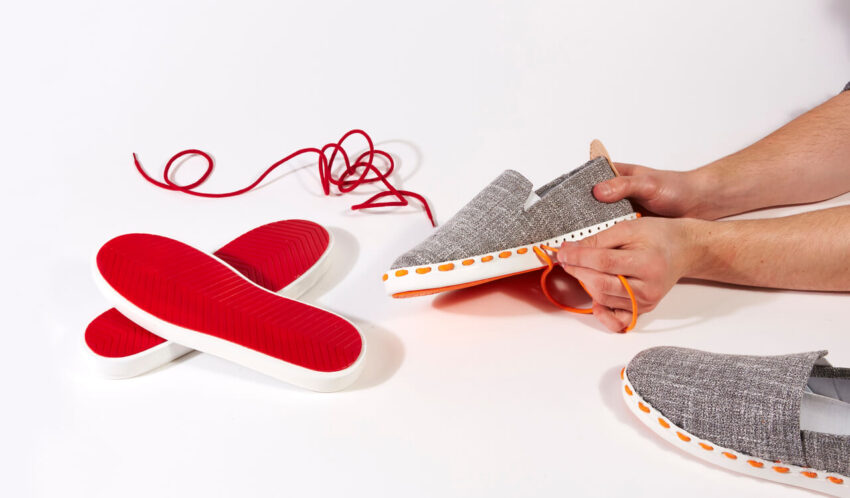Commonly used footwear sole materials include polyurethane, natural and synthetic rubber, EVA (ethylene vinyl acetate) and polyvinyl chloride (PVC). These materials are utilized in manufacturing various types of footwear including sports shoes, casual shoes, boots and sandals. Sports shoes represent one of the fastest growing category owing to rising health consciousness and involvement in sports and fitness activities among individuals globally. Technological advancements have led to development of high performance sole materials that provide enhanced cushioning, traction and durability.
The global Footwear Sole Material Market is estimated to be valued at US$ 22.89 Mn in 2023 and is expected to exhibit a CAGR of 6.6% over the forecast period 2023 to 2030, as highlighted in a new report published by Coherent Market Insights.
Market Dynamics:
Growth in sports and athletic footwear: Rising popularity of sports and fitness activities has been driving demand for advanced footwear that offers better performance, comfort and protection. Sports shoes account for over 30% of total footwear sales globally. The COVID-19 pandemic further contributed to increased involvement of people in at-home workouts and outdoor activities. This has significantly boosted demand for high performance footwear utilizing premium sole materials.
Increased R&D in material technologies: Major footwear sole material manufacturers are investing heavily in R&D to develop innovative materials with enhanced properties. Ongoing material science advancements are leading to introduction of lightweight, durable and responsive sole technologies. Growing focus on sustainability has also increased development of plant-based and recycled materials.
Segment Analysis
The footwear sole material market is dominated by the rubber sub-segment due to its high durability, flexibility, chemical resistance and shock absorption properties. Rubber materials are widely used for athletic shoes, casual shoes and outdoor recreational footwear. As per estimates, the rubber sub-segment currently holds around 35% share of the overall footwear sole material market.
PEST Analysis
Political: There are no significant political risks or regulations affecting the footwear sole material market.
Economic: The growing footwear industry along with rising disposable incomes is driving demand for various types of footwear and different sole materials.
Social: Changing fashion trends and rising health consciousness is influencing footwear choices. Customers are looking for lightweight, flexible and comfortable sole materials.
Technological: Advancements in material science is aiding development of innovative sole materials with enhanced performance properties. Many companies are investing in R&D to introduce proprietary sole technologies.
Key Takeaways
The Global Footwear Sole Material Market Size is expected to witness high growth over the forecast period owing to factors such as rising footwear demand, growing health awareness and changing lifestyles. The global Footwear Sole Material Market is estimated to be valued at US$ 22.89 Mn in 2023 and is expected to exhibit a CAGR of 6.6% over the forecast period 2023 to 2030.
Regional analysis
North America is the fastest growing region in the footwear sole material market supported by a large footwear manufacturing base and health conscious customer base. The US contributes significantly to regional demand.
Key players
Key players operating in the footwear sole material market are F. Hoffmann-La Roche AG, Merck Group, Bristol Myers Squibb, GlaxoSmithKline, AstraZeneca, Novartis, Janssen Pharmaceuticals, among others.
Note:
1. Source: Coherent Market Insights, Public sources, Desk research
2. We have leveraged AI tools to mine information and compile it

